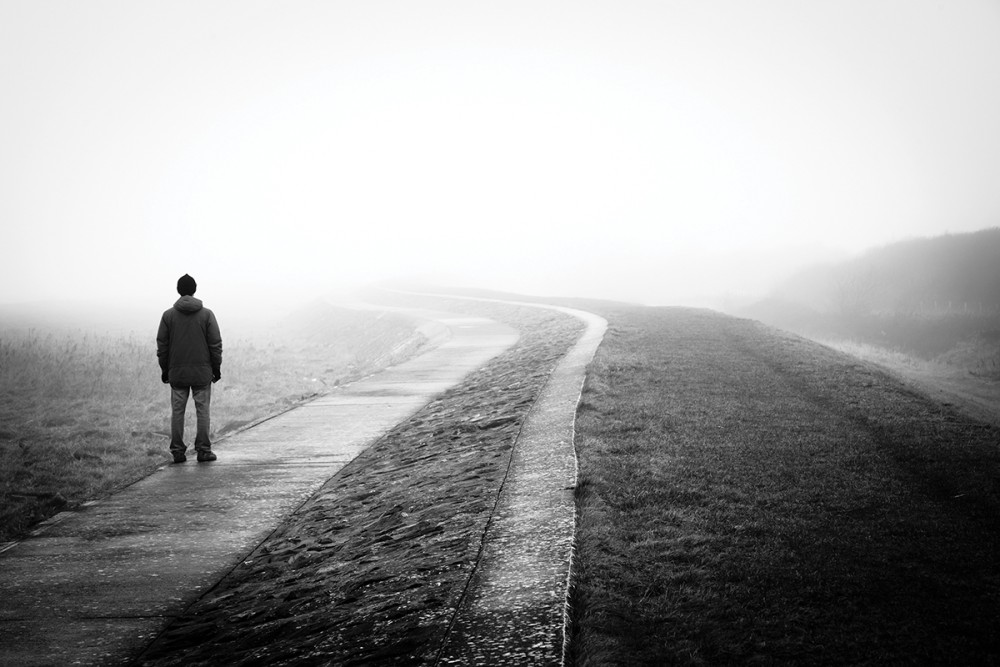My hospice nurse’s horse
The mare pulled the meniscus in her knee. This left my nurse with a tough choice.

This week I learned that my hospice nurse has a horse, or her horse has her, as is often the case.
Some years ago, shaken by the pain, stress, and grief of getting close to patients only to watch them die one after another, she bought a horse: Holly. But Holly did not want to be ridden. Each time my nurse tried, Holly, sensing her passenger’s anxieties, became restless and rowdy. Finally, my nurse recognized the relationship between Holly’s belligerence and her own inner turmoil. She consciously chose to relax and release. She held the reins more lightly. She let Holly take control, and a beautiful, trusting friendship developed. Holly was no mere horse. She became a partner, an emotional mirror, an equine therapist.
Then Holly pulled the meniscus in her knee. The vet confined her to her stall for a couple of months, which is truly horrible for a horse and can even be deadly. My nurse was stuck between two options: continue to confine Holly or put her down. Now think about that. A career hospice nurse, philosophically committed to a comfortable and natural process of dying, faced with ending her horse’s life unnaturally, the very horse who taught her to deal with her own grief.




